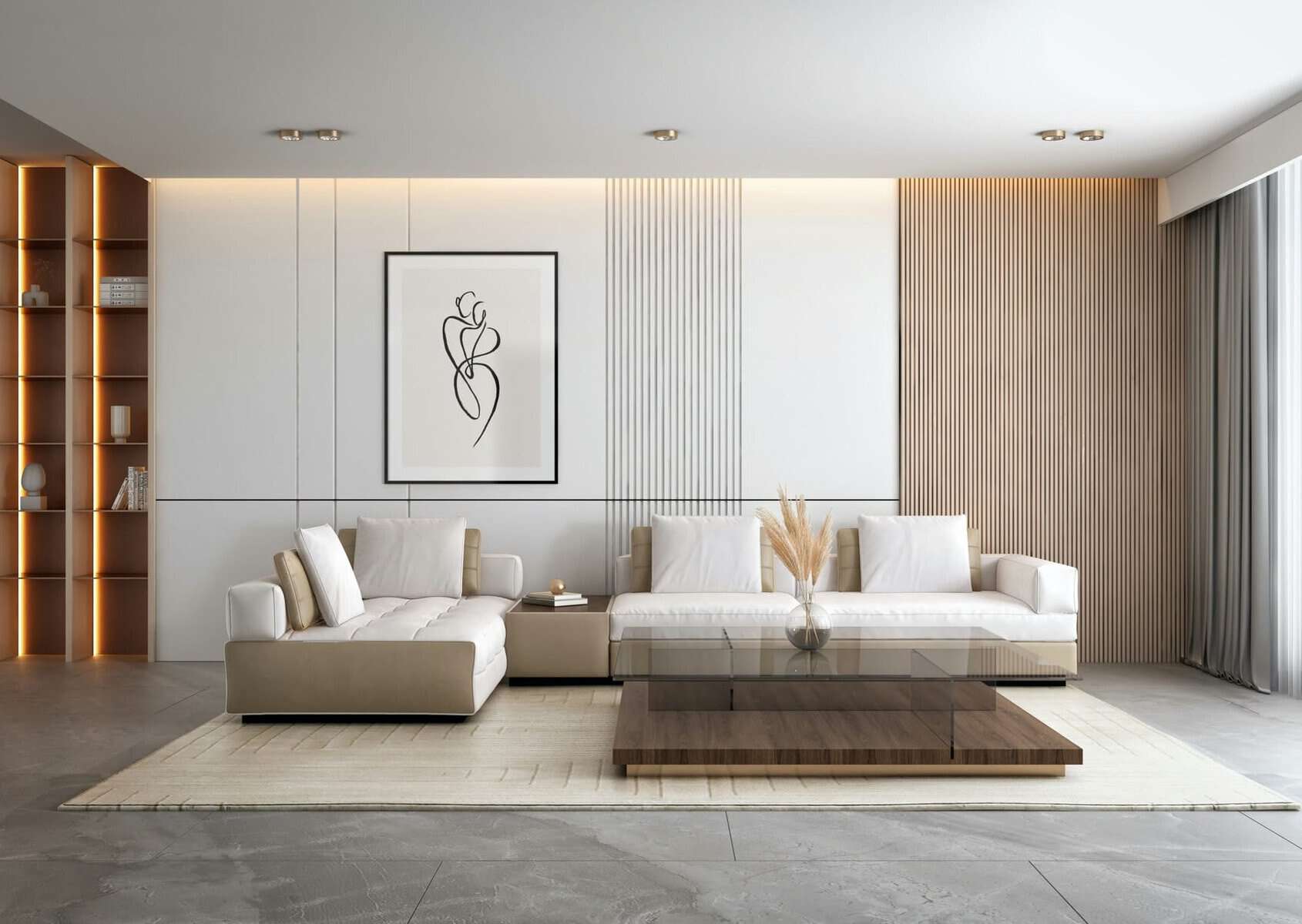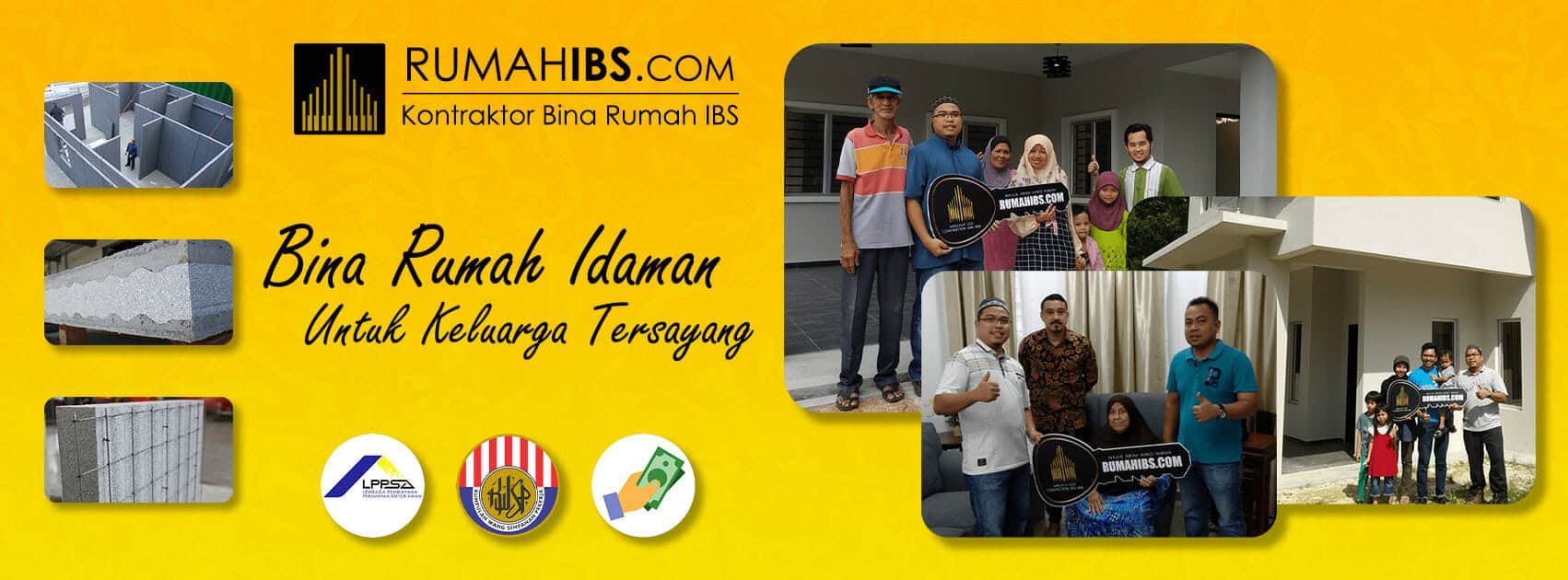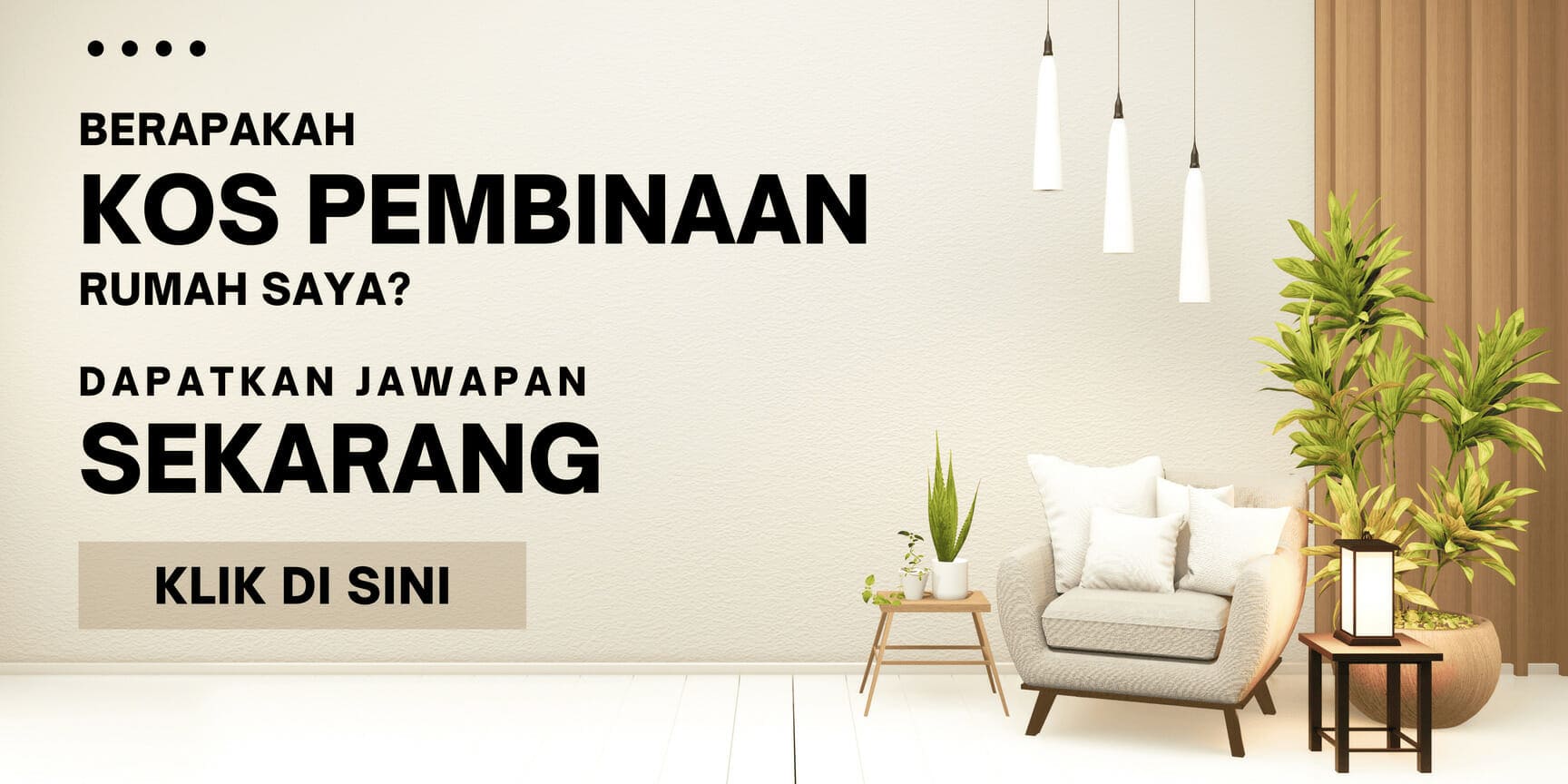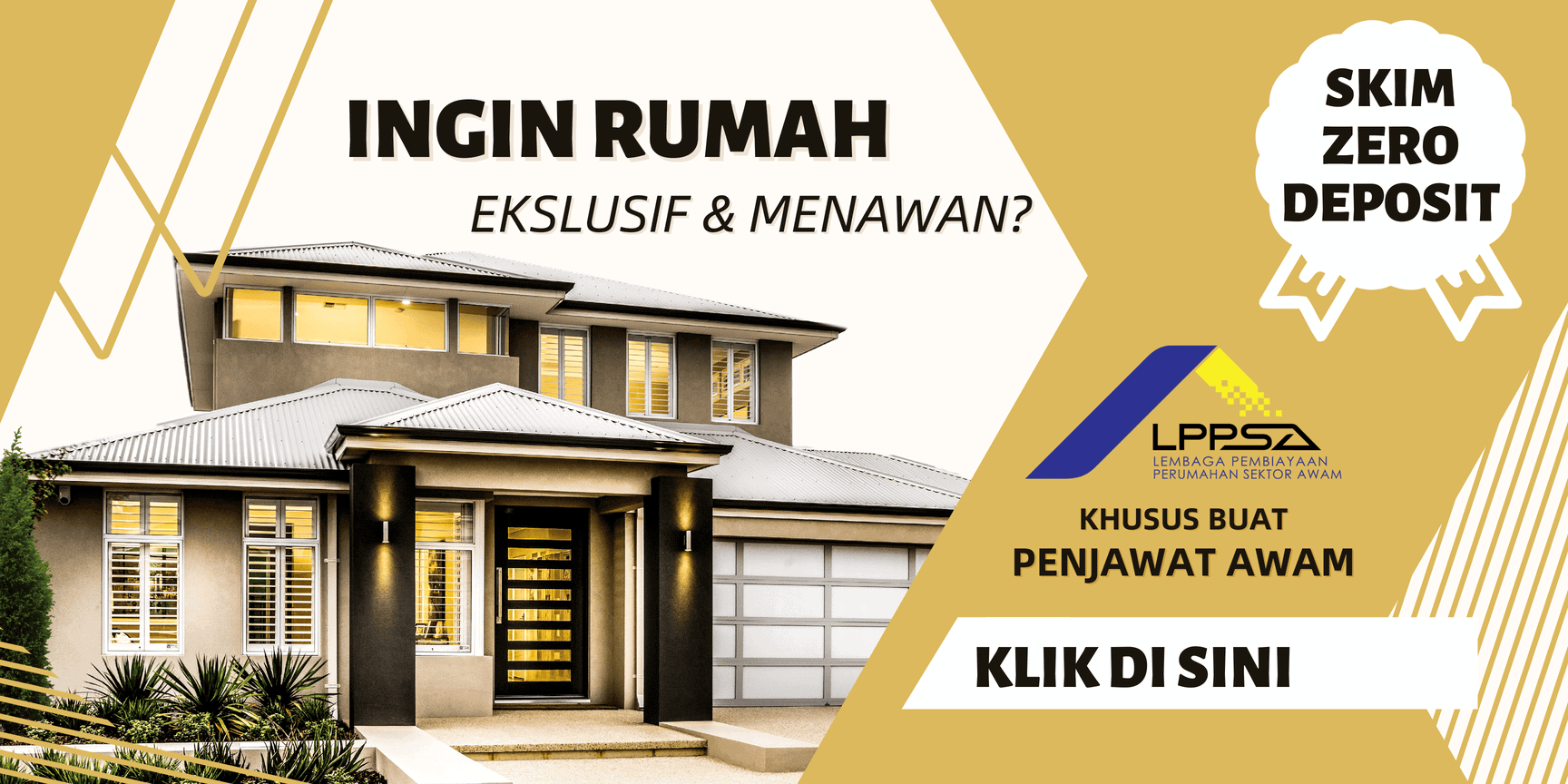1. Understanding Centralised Labour Quarters (CLQ)
Centralised Labour Quarters, commonly known as CLQ, refer to designated housing facilities built to accommodate workers, both local and foreign, in a centralized or clustered manner. CLQs are equipped with various amenities and facilities to provide a comfortable living environment for the occupants.
The primary objective of developing CLQs is to ensure that workers have access to safe, hygienic and conducive accommodation. This is in line with the Malaysian government’s efforts to improve the living conditions of the workforce and prevent issues associated with improper housing such as:
- Overcrowding and unhygienic living spaces
- Lack of basic amenities like clean water supply and proper sanitation
- Safety hazards due to poorly constructed or maintained buildings
- Social problems arising from workers living in scattered and unregulated housing
By providing well-designed and regulated CLQs, employers can attract and retain workers while also fulfilling their legal obligations. The Malaysian government has introduced guidelines and standards that CLQ developers and operators must adhere to.
CLQs are commonly built in industrial areas, near construction sites, plantations or other places with a high concentration of workers. They can be permanent structures or temporary quarters that are built to last for a specific duration, such as for the period of a construction project.
The concept of CLQs is not unique to Malaysia. Many countries around the world have similar initiatives to provide centralized housing for workers. However, the specific guidelines and requirements may vary based on local laws and regulations.
Some key features that distinguish CLQs from regular housing include:
| Feature | CLQ | Regular Housing |
|---|---|---|
| Purpose | Built specifically to house workers | General residential use |
| Amenities | Shared facilities like kitchens, bathrooms, laundry areas | Self-contained units with individual amenities |
| Management | Operated by employers or designated service providers | Managed by individual owners or residents |
| Occupancy | Higher density living with more occupants per unit | Lower density with smaller household sizes |
In the following sections, we will delve deeper into the guidelines and requirements for CLQ development and management in Malaysia. Understanding these regulations is crucial for employers, developers and operators looking to provide suitable housing for their workforce.
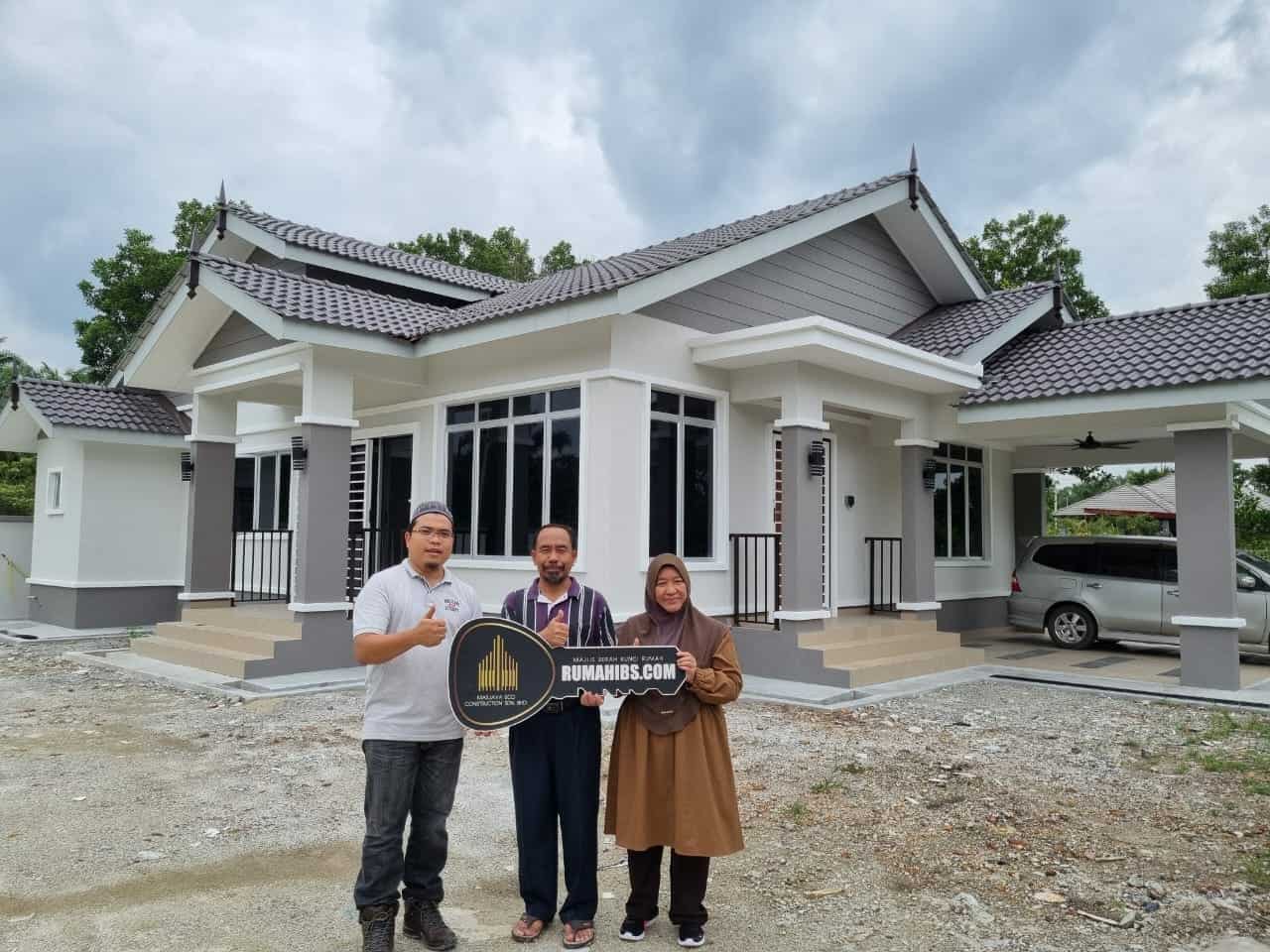
Rumah IBS site Cikgu Elmi Ijok 41
2. Two Key Alternatives for CLQ Development
The Malaysian government has outlined two main alternatives for developing Centralised Labour Quarters (CLQs) to cater to different needs and situations. These are:
- Alternative 1: New Development on Greenfield Sites
- Alternative 2: Brownfield Redevelopment or Repurposing
Let’s explore each of these alternatives in more detail.
Alternative 1: New Development on Greenfield Sites
This option involves constructing purpose-built CLQs on vacant land or greenfield sites. The key considerations for this alternative include:
- Identifying suitable land parcels that are appropriately zoned for residential or industrial use, depending on the nature of the workforce.
- Ensuring that the site has access to basic infrastructure and amenities like roads, water supply, electricity and sewerage.
- Obtaining the necessary planning approvals and permits from the relevant authorities.
- Designing the CLQ to meet the specific requirements and guidelines set by the government, which cover aspects like built-up area, density, safety standards and amenities.
Developing CLQs on greenfield sites offers the advantage of being able to customize the design and layout to suit the needs of the occupants. However, it may involve higher upfront costs for land acquisition and construction.
Alternative 2: Brownfield Redevelopment or Repurposing
The second alternative is to convert existing buildings or structures into CLQs. This is known as brownfield redevelopment or adaptive reuse. Some examples include:
- Repurposing vacant or underutilized commercial or industrial buildings
- Converting existing housing estates or apartments that are no longer in demand
- Upgrading and retrofitting abandoned or incomplete buildings
The benefits of this approach include:
- Potential cost savings by utilizing existing structures instead of building from scratch
- Faster project completion times as the base structure is already in place
- Opportunity to regenerate and revitalize older or neglected urban areas
However, there are also challenges to consider, such as:
- Ensuring that the existing building is structurally sound and suitable for conversion
- Obtaining the necessary approvals for change of use and renovation works
- Upgrading utilities and services to meet the requirements for worker housing
Regardless of the alternative chosen, CLQ developers must work closely with the relevant authorities to ensure compliance with all applicable regulations and standards. The table below summarizes the key differences between the two alternatives:
| Aspect | Alternative 1: New Development | Alternative 2: Brownfield Redevelopment |
|---|---|---|
| Site | Greenfield land | Existing buildings or structures |
| Cost | Higher upfront costs for land and construction | Potential cost savings by using existing structures |
| Customization | Ability to design and build to specific requirements | Limitations based on existing building layout and structure |
| Approvals | Requires planning approval and permits for new development | May require approval for change of use and renovation |
The choice between developing a new CLQ or repurposing an existing building will depend on factors like location, budget, timeline and the specific needs of the workforce. It’s important to carefully evaluate the pros and cons of each alternative before making a decision.
3. Planning Control and Land Use Requirements
Developing Centralised Labour Quarters (CLQs) in Malaysia is subject to various planning controls and land use requirements. These regulations are put in place to ensure that CLQs are built in suitable locations, comply with zoning plans, and meet the necessary standards for worker housing.
The key planning control and land use considerations for CLQs include:
Zoning and Land Use
- CLQs are typically allowed in industrial, commercial, residential, and agricultural zones, subject to the specific guidelines and requirements of each zone.
- The proposed development must comply with the gazetted local plans, such as the District Local Plan or Special Area Plan, which outline the permitted land uses and density controls.
- For agricultural land, CLQs are only allowed to support agricultural activities and are limited to a maximum of 20% of the total land area or 2 hectares, whichever is lower.
Planning Approval
- All CLQ developments require planning approval from the relevant local authority.
- For permanent structures, a Development Order (Kebenaran Merancang) must be obtained.
- Temporary or semi-permanent structures may be approved for a limited time period, subject to the local authority’s discretion.
Land Conversion and Subdivision
- If the proposed CLQ site involves a change of land use or requires subdivision, the necessary approvals must be obtained under the National Land Code.
- This may involve converting the land title from agricultural to building status or subdividing the land into smaller parcels.
Plot Ratio and Density
- The allowable plot ratio and density for CLQs will depend on the zoning and local planning guidelines.
- In general, CLQs are allowed a higher density compared to regular residential developments to optimize land use.
- However, the maximum density is capped to ensure a suitable living environment and prevent overcrowding.
Setbacks and Building Height
- CLQs must comply with the minimum setback requirements from the site boundaries, which are determined by the local authority based on factors like road width, adjacent land uses, and fire safety considerations.
- The maximum allowable building height will depend on the zoning, airport restrictions, and other local factors.
The table below summarizes the key planning control and land use requirements for CLQs:
| Aspect | Requirement |
|---|---|
| Zoning | Permitted in industrial, commercial, residential, and agricultural zones subject to guidelines |
| Planning Approval | Development Order required for permanent structures; temporary approval for semi-permanent structures |
| Land Conversion | Required if involving change of land use or subdivision |
| Plot Ratio and Density | Higher density allowed compared to regular housing, but subject to caps |
| Setbacks | Minimum setbacks from site boundaries based on local guidelines |
| Building Height | Subject to zoning, airport restrictions, and other local factors |
Navigating the planning control and land use requirements for CLQs can be complex and time-consuming. It’s important for developers to engage with the relevant authorities and professionals, such as town planners and land surveyors, to ensure compliance and obtain the necessary approvals.
By understanding and adhering to these requirements, CLQ developers can avoid legal and regulatory issues down the line and ensure a smooth development process.
4. Internal Housing Standards and Amenities
One of the key objectives of Centralised Labour Quarters (CLQs) is to provide workers with a comfortable and conducive living environment. To achieve this, CLQs must meet certain internal housing standards and provide essential amenities for the occupants.
The Malaysian government has set out clear guidelines on the minimum requirements for CLQ living spaces and facilities. These include:
Living Space Requirements
- Each worker must be allocated a minimum living space of 3.0 square meters for dormitory-style accommodation or 3.6 square meters for single-occupancy rooms.
- The minimum ceiling height for living areas is 2.5 meters, as per the Uniform Building By-Laws (UBBL).
- Adequate ventilation and lighting must be provided, either through natural means or mechanical systems.
Sleeping Arrangements
- Workers should be provided with individual beds, which can be single or double-decker bunks.
- The minimum size for a single bed is 1.7 square meters, while double-decker bunks must have a minimum clearance of 0.7 meters between the two levels.
- Each worker should be provided with a mattress of at least 4 inches (10.2 cm) thickness, a pillow, a blanket, and a personal locker with a minimum size of 0.35m (length) x 0.35m (width) x 0.9m (height).
Bathroom and Toilet Facilities
- The minimum requirement is 1 toilet and 1 bathroom for every 15 workers in dormitory-style accommodation, or 1 toilet and 1 bathroom for every 6 workers in single-occupancy rooms.
- The toilet and bathroom can be combined or separated, depending on the design.
- Adequate water supply and proper sanitation must be provided, with regular cleaning and maintenance.
Common Areas and Amenities
CLQs should provide common areas and amenities for the social and recreational needs of the workers. These may include:
- A shared kitchen and dining area
- Laundry and drying facilities
- A lounge or rest area with basic furnishings like chairs and tables
- A prayer room or multi-purpose space for religious or cultural activities
- Outdoor spaces for recreation and sports
Other essential amenities that should be provided in CLQs include:
- Reliable electricity and water supply
- Proper waste management and disposal systems
- Fire safety equipment and emergency exits
- Basic first-aid facilities or a sick bay
The table below summarizes the key internal housing standards and amenities for CLQs:
| Aspect | Minimum Requirement |
|---|---|
| Living Space | 3.0 sqm per worker (dormitory) or 3.6 sqm (single room) |
| Ceiling Height | 2.5 meters |
| Sleeping Arrangements | Individual beds with mattress, pillow, blanket, and personal locker |
| Bathroom and Toilet | 1 per 15 workers (dormitory) or 1 per 6 workers (single room) |
| Common Areas | Kitchen, dining, laundry, rest area, prayer room, outdoor spaces |
| Essential Amenities | Electricity, water, waste management, fire safety, first-aid |
By adhering to these standards and providing the necessary amenities, CLQ operators can create a safe, healthy, and comfortable living environment for their workers. This, in turn, can lead to better worker satisfaction, productivity, and retention.
It’s important to note that these are minimum requirements, and CLQ developers are encouraged to go beyond these standards to provide enhanced facilities and services for their residents.
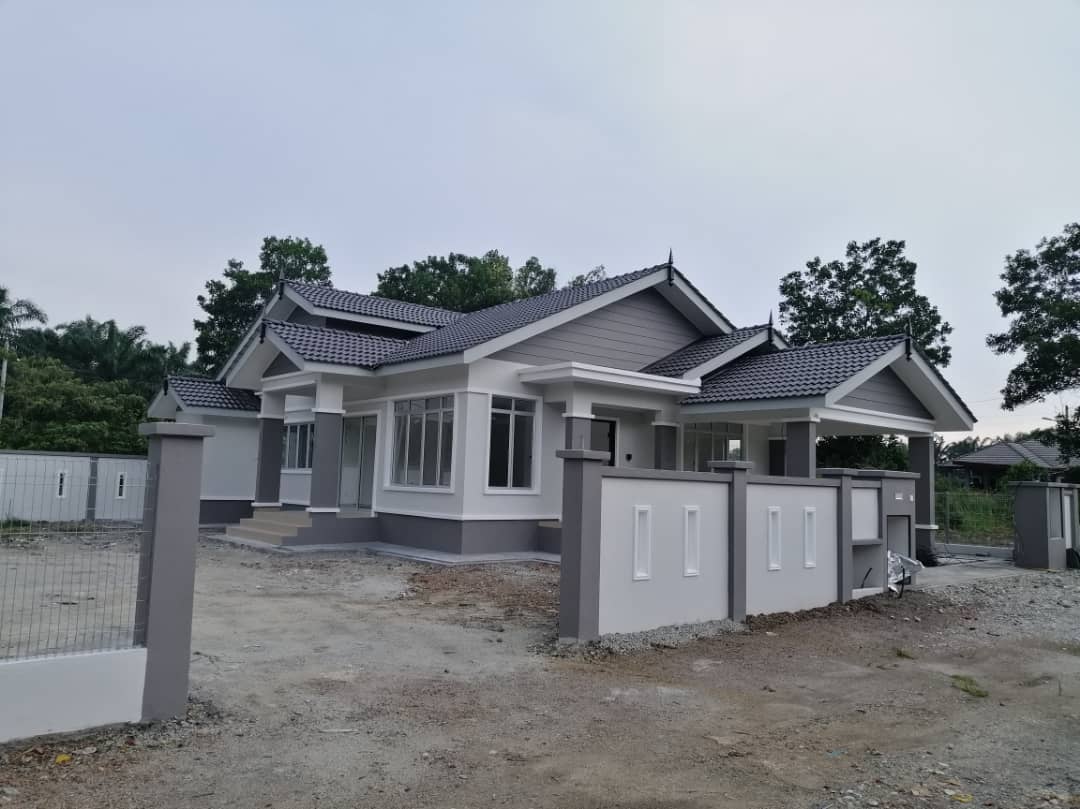
Rumah IBS site Cikgu Elmi Ijok 33
5. Ensuring Safety and Security for Workers
The safety and security of workers living in Centralised Labour Quarters (CLQs) is of utmost importance. CLQ developers and operators must implement measures to create a safe living environment and prevent any untoward incidents. Some key safety and security considerations include:
Security Personnel and Surveillance
- Deploying trained security guards to monitor the premises 24/7
- Installing CCTV cameras at strategic locations for surveillance
- Implementing a visitor management system to track entry and exit
Access Control and Emergency Response
- Using biometric or key card systems to control access to the CLQ and individual units
- Providing clear evacuation routes and emergency assembly points
- Conducting regular fire drills and emergency response training for staff and residents
Crime Prevention through Environmental Design (CPTED)
- Designing the CLQ layout to maximize natural surveillance and minimize blind spots
- Ensuring adequate lighting in common areas, walkways, and parking lots
- Using landscaping and fencing to define boundaries and control access
Collaboration with Local Authorities
- Maintaining close communication with the local police and fire departments
- Participating in community policing initiatives and neighborhood watch programs
- Reporting any suspicious activities or security breaches to the authorities
By prioritizing safety and security, CLQ operators can create a sense of trust and peace of mind among the residents. This, in turn, can lead to better worker well-being, productivity, and retention.
| Safety and Security Measures | Description |
|---|---|
| Security Personnel | Trained guards to monitor the premises 24/7 |
| CCTV Surveillance | Cameras installed at strategic locations |
| Access Control | Biometric or key card systems to manage entry and exit |
| Emergency Response | Clear evacuation routes, regular drills, and training |
| CPTED | Design principles to maximize safety through built environment |
| Local Authority Collaboration | Close communication with police and fire departments |
Implementing a comprehensive safety and security plan requires investment in both physical infrastructure and human resources. However, the benefits of a safe and secure living environment far outweigh the costs in the long run.
6. Effective CLQ Management and Operations
Managing a Centralised Labour Quarters (CLQ) involves a wide range of responsibilities to ensure the smooth running of the facility and the well-being of its residents. Effective CLQ management and operations are crucial for creating a positive living environment and maintaining the sustainability of the development.
Some key aspects of CLQ management and operations include:
Resident Relations and Communication
- Establishing clear channels of communication between management and residents
- Conducting regular meetings or forums to gather feedback and address concerns
- Providing multi-lingual support for foreign workers to overcome language barriers
Facility Maintenance and Upkeep
- Implementing a regular cleaning and maintenance schedule for common areas and individual units
- Conducting prompt repairs and replacements of faulty equipment or fixtures
- Ensuring the proper functioning of utilities like water supply, electricity, and sewerage
Waste Management and Pest Control
- Providing adequate waste disposal facilities and arranging regular collection
- Educating residents on proper waste segregation and recycling practices
- Conducting regular pest control treatments to prevent infestations
Tenancy Management and Record Keeping
- Maintaining accurate records of resident information, tenancy agreements, and payment transactions
- Handling move-in and move-out procedures efficiently
- Enforcing house rules and regulations consistently and fairly
Effective CLQ management often involves a combination of in-house staff and outsourced service providers. Having a dedicated team of property managers, maintenance technicians, and customer service personnel can help ensure a high standard of operations.
| Management Aspect | Key Responsibilities |
|---|---|
| Resident Relations | Communication, feedback gathering, multi-lingual support |
| Facility Maintenance | Cleaning, repairs, utilities upkeep |
| Waste Management | Disposal facilities, waste segregation, pest control |
| Tenancy Management | Record keeping, move-in/out procedures, rule enforcement |
In addition to day-to-day operations, CLQ management should also focus on continuous improvement and community building. This can involve initiatives like:
- Conducting regular satisfaction surveys and acting on the feedback received
- Organizing social events and recreational activities to foster a sense of community
- Partnering with local NGOs or charities to provide support services for residents
By prioritizing effective management and operations, CLQ developers and operators can create a sustainable and thriving living environment for their residents.
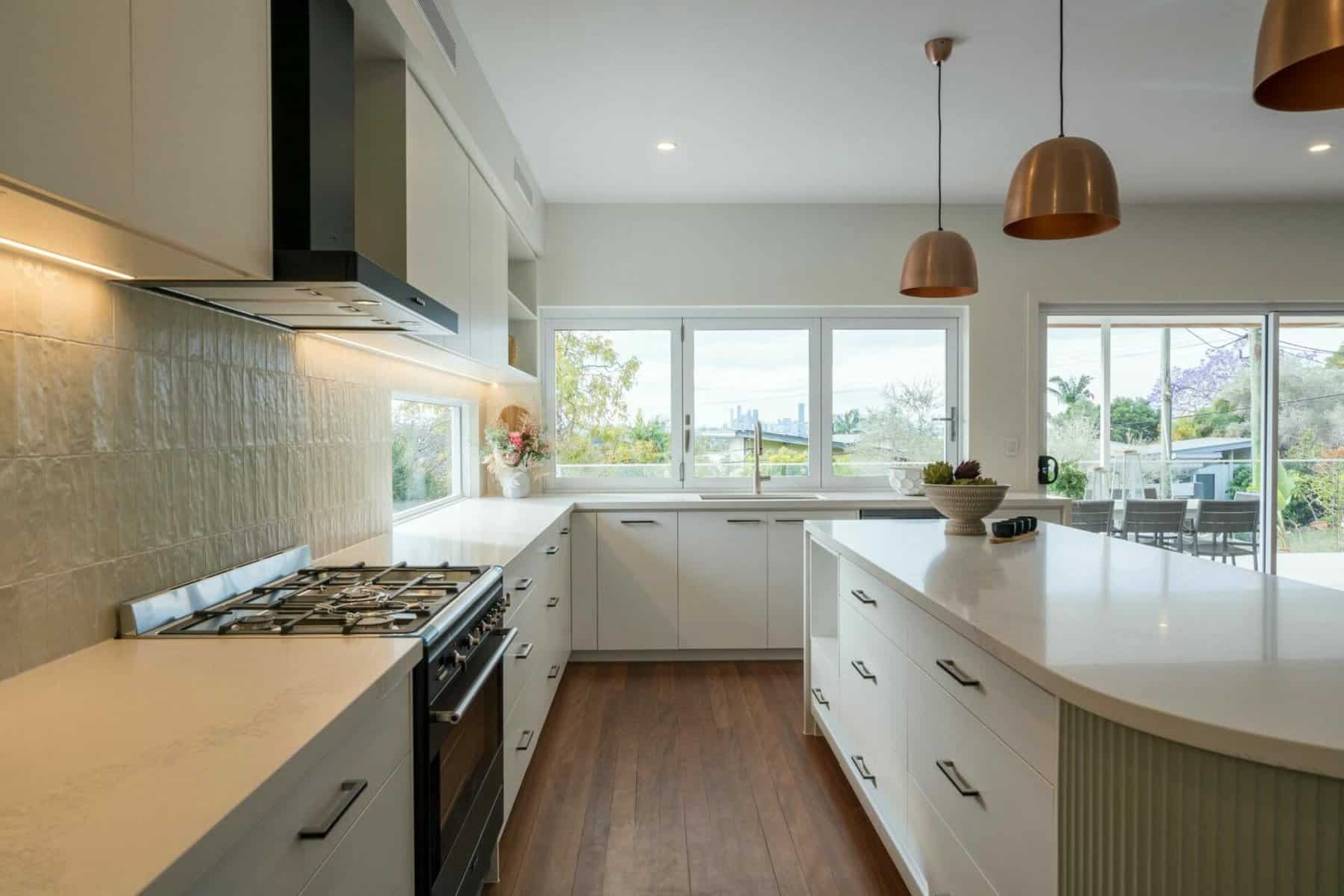
mat kilkeary vfFVFPHYeko unsplash scaled
7. Attractive Facilities and Recreation Options
While the primary purpose of Centralised Labour Quarters (CLQs) is to provide workers with a place to live, the provision of attractive facilities and recreation options can greatly enhance the quality of life for residents. These amenities not only cater to the physical and social needs of workers but also contribute to their overall well-being and job satisfaction.
Some examples of attractive facilities and recreation options that can be incorporated into CLQs include:
Sports and Fitness Facilities
- Indoor or outdoor gyms equipped with basic fitness equipment
- Multi-purpose courts for sports like basketball, volleyball, or badminton
- Jogging tracks or walking paths around the compound
Leisure and Entertainment Spaces
- Communal TV or movie rooms with comfortable seating
- Games rooms with table tennis, foosball, or pool tables
- Reading corners or mini-libraries with books and magazines
Outdoor Relaxation Areas
- Landscaped gardens or green spaces for relaxation
- Sheltered seating areas or pavilions for socializing
- Barbecue pits or picnic tables for outdoor dining
Convenience and Service Outlets
- Mini-marts or convenience stores selling daily necessities
- Cafes or food courts offering affordable dining options
- ATMs or money remittance services for financial transactions
The provision of these facilities and recreation options should take into account the demographics and preferences of the resident population. Conducting surveys or focus group discussions can help identify the most desired amenities.
| Facility Type | Examples |
|---|---|
| Sports and Fitness | Gyms, multi-purpose courts, jogging tracks |
| Leisure and Entertainment | TV rooms, games rooms, reading corners |
| Outdoor Relaxation | Gardens, seating areas, barbecue pits |
| Convenience and Services | Mini-marts, cafes, ATMs |
In addition to on-site facilities, CLQ developers can also explore partnerships with nearby amenities such as public parks, sports complexes, or community centers. Providing shuttle services or subsidized access to these external facilities can further expand the recreational options available to residents.
Investing in attractive facilities and recreation options can yield significant returns in terms of resident satisfaction, retention, and productivity. By creating a holistic living environment that caters to the diverse needs of workers, CLQs can differentiate themselves as preferred accommodation options for both employers and employees.
8. Complying with Malaysian Housing and Labour Laws
Developing and operating Centralised Labour Quarters (CLQs) in Malaysia requires compliance with a range of housing and labour laws. These laws are designed to protect the rights and well-being of workers, ensure safe and healthy living conditions, and regulate the responsibilities of employers and accommodation providers.
Some of the key Malaysian laws and regulations that CLQ developers and operators must adhere to include:
Workers’ Minimum Standards of Housing and Amenities Act 1990 (Act 446)
- Sets out the minimum standards for housing and amenities provided to workers
- Covers requirements for space, safety, hygiene, and basic facilities
- Applies to both local and foreign workers in all sectors
Occupational Safety and Health Act 1994 (Act 514)
- Requires employers to provide a safe and healthy working environment, including accommodation
- Mandates the establishment of safety and health committees for certain industries and sizes of workforce
- Prescribes penalties for non-compliance with safety and health standards
Employment Act 1955 (Act 265)
- Regulates the terms and conditions of employment, including working hours, leave entitlements, and termination
- Specifies the responsibilities of employers towards their employees, including the provision of accommodation where required
- Provides for the appointment of labour inspectors to enforce compliance
Immigration Act 1959/63 (Act 155)
- Governs the entry, stay, and exit of foreign workers in Malaysia
- Requires employers to obtain valid work permits and visas for their foreign employees
- Prescribes penalties for hiring or harboring undocumented workers
Complying with these laws and regulations involves a range of actions, such as:
- Obtaining the necessary approvals and licenses from the relevant authorities
- Ensuring that the CLQ design and construction meet the specified standards and requirements
- Implementing proper management and maintenance practices to uphold safety and health standards
- Maintaining accurate records and documentation of workers’ employment and accommodation
- Cooperating with inspections and audits by enforcement agencies
| Law / Regulation | Key Requirements |
|---|---|
| Workers’ Minimum Standards of Housing and Amenities Act 1990 | Minimum standards for space, safety, hygiene, facilities |
| Occupational Safety and Health Act 1994 | Safe and healthy working environment, safety committees |
| Employment Act 1955 | Terms and conditions of employment, employer responsibilities |
| Immigration Act 1959/63 | Work permits and visas for foreign workers, penalties for non-compliance |
Failure to comply with these laws and regulations can result in significant legal and financial consequences, including fines, imprisonment, and revocation of operating licenses. CLQ developers and operators must therefore prioritize compliance as a core aspect of their business strategy.
By staying up-to-date with the latest legal requirements and best practices, CLQ providers can ensure a safe, healthy, and compliant living environment for their residents while minimizing the risk of legal liabilities.
In conclusion, developing and operating Centralised Labour Quarters (CLQs) in Malaysia requires a comprehensive approach that takes into account various planning, design, management, and legal considerations. By adhering to the guidelines and best practices outlined in this article, CLQ developers and operators can create a safe, comfortable, and conducive living environment for workers while supporting the nation’s economic growth and development.
